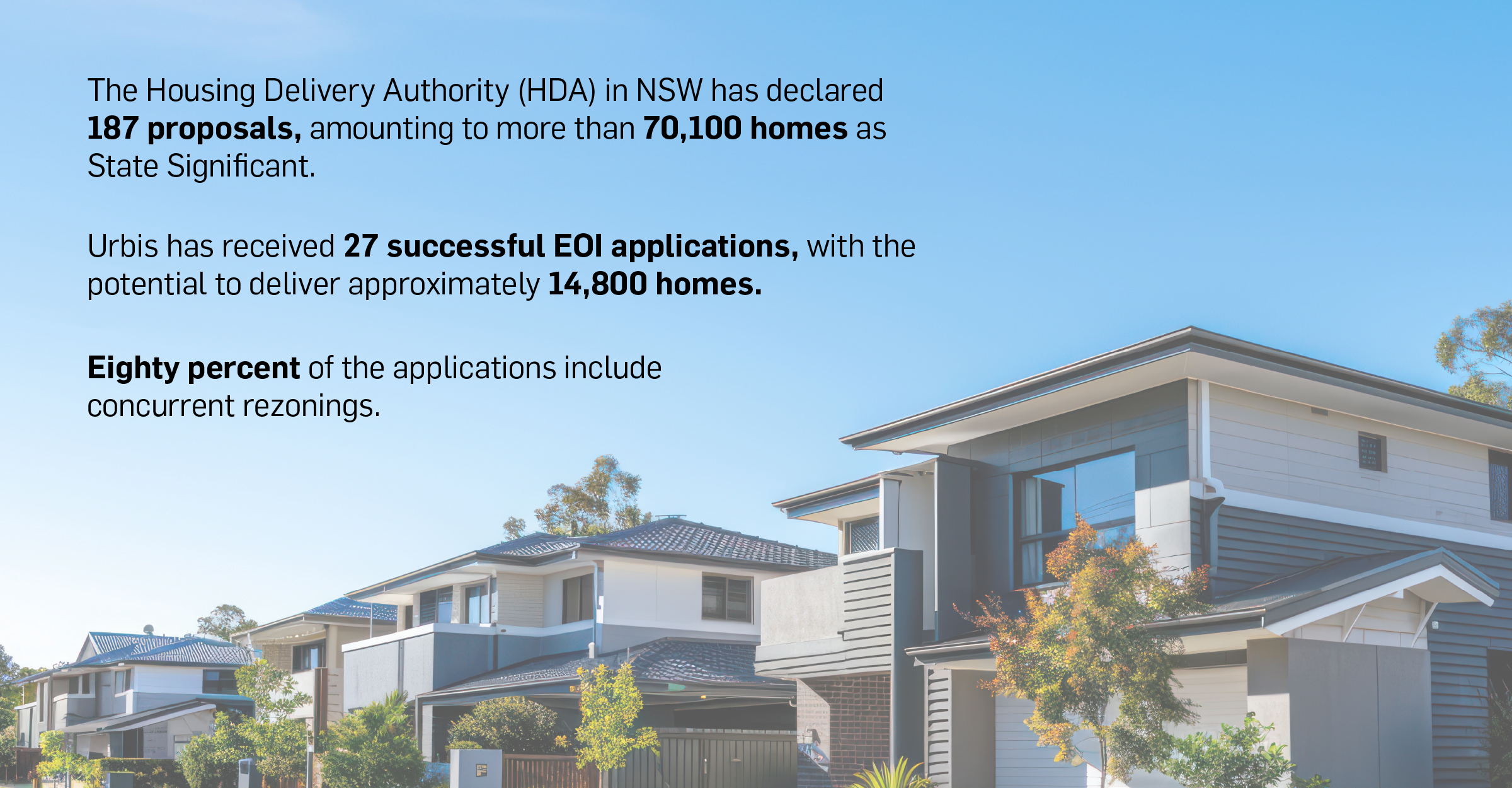There is cautious optimism in the accelerated delivery of homes – the RBA interest rate cut should improve buyer confidence, and new state reforms in New South Wales and Victoria aimed at enabling construction and accelerating supply have kicked off.
Last week, the Reserve Bank of Australia (RBA) cut the cash rate by 0.25 basis points to 3.6 percent. When these reduced rates are passed on by lenders to home loans, lower borrowing costs tend to boost demand for home purchases.
The big banks were quick to announce that the full rate cut would be applied to the variable mortgage rate available to customers, providing some relief for existing mortgage holders who benefit from monthly savings, while also increasing the borrowing capacity of those taking out new loans or refinancing.
The upshot is that more households and investors will be willing and able to engage with the market and to purchase a home – throwing buyer demand stimulus into the housing system.
“The Board has now cut the cash rate by 75 basis points since February this year, as we have become increasingly confident inflation is on track to be in our two-to-three percent target range.” – RBA Governor Michele Bullock, Tuesday August 12, 2025
The impact on delivering new homes
Reduced costs of finance have a significant impact on home building. Improved buyer confidence, growing house price predictions and lower interest rates on holding costs could unlock more project feasibilities and generate more supply.
As the housing system has increased in complexity, with longer planning, marketing, development, and construction horizons, lower finance costs will present some relief to those developing and building homes.
However, it remains true that a multi-levered response is needed to fully reboot the stuttering system and to better serve those less able to keep pace with the growing cost of housing.

